Larry J Cline
from Marion, IL
Larry Cline Phones & Addresses
- Marion, IL
- Junction City, KS
- Mount Gilead, OH
- West Frankfort, IL
Specialities
Buyer's Agent • Listing Agent
Isbn (Books And Publications)

Images, Heroes, and Self-Perceptions: The Struggle for Identity, from Mask-Wearing to Authenticity
view sourceAuthor
Larry Cline
ISBN #
0134511875
Resumes

Larry Cline
view sourceLocation:
United States

Larry Cline
view sourceLocation:
United States
Name / Title
Company / Classification
Phones & Addresses
Managing
Larry Cline Consulting, LLC
BRIANOLLEX LLC
L & G INC
CONSOLIDATED ELECTRIC FOUNDATION, INC
Us Patents
-
Drill Guide And Method For Drilling Holes
view source -
US Patent:6508613, Jan 21, 2003
-
Filed:May 9, 2001
-
Appl. No.:09/852201
-
Inventors:Larry Dean Cline - Fairfield OH
Dan Lee Neal - Middletown OH -
Assignee:General Electric Company - Schenectady NY
-
International Classification:B23B 3500
-
US Classification:408 1R, 408103, 408115 R
-
Abstract:A drill guide that is capable of guiding the drilling holes, in particular lockwire holes, transversely through one corner of a nut at an oblique angle to a face thereof and a method for using same. The drill guide comprises at least one guide component having a first and a second side transverse to the first side. The first side has a recess with first and second surfaces for receiving the corner of the nut, the first surface being closer to the second side. Also included is a drill bit guide for guiding a drill bit of a drill that is accessible from the second side and extends towards the first surface of the recess along a longitudinal axis in the direction of the second surface of the recess so that the drill bit is capable of drilling a hole transversely through the corner of the nut at an oblique angle to the face of the nut that the drill bit initially engages.
-
Method And Apparatus For Repairing A Discrete Damaged Portion Of An Article Surface
view source -
US Patent:6561247, May 13, 2003
-
Filed:Dec 27, 2000
-
Appl. No.:09/749351
-
Inventors:Chen-Yu J. Chou - Cincinnati OH
Philip R. Griggs - Cincinnati OH
Larry D. Cline - Fairfield OH -
Assignee:General Electric Company - Schenectady NY
-
International Classification:B32B 3500
-
US Classification:156382, 156 94, 156285, 425 11, 425 13
-
Abstract:A method for repairing a discrete damaged portion of an article surface, for example of a laminated composite material, includes applying an uncured repair material at the damaged portion and then subjecting the repair material and the discrete damaged portion to a vacuum to remove air entrapped in the repair material and the discrete damaged portion. One form of the invention uses a vacuum tool comprising an outer wall including an opening there through having a peripheral edge shaped to conform generally with a portion of the article surface about the damaged portion, and gas evacuation means. The tool is combined with a releasable gas seal generally shaped to interface between the peripheral edge and the article surface and release from the article surface.
-
Method For Removing Metal Cladding From Airfoil Substrate
view source -
US Patent:6843928, Jan 18, 2005
-
Filed:Oct 12, 2001
-
Appl. No.:09/976564
-
Inventors:Larry Dean Cline - Fairfield OH, US
Gerald Alexander Pauley - Hamilton OH, US -
Assignee:General Electric Company - Schenectady NY
-
International Classification:C03C 1500
B44C 122 -
US Classification:216 96, 216100, 216103, 216109, 252 792
-
Abstract:A method for removing metal cladding adhered to an airfoil, such as a turbine blade, wherein the airfoil comprises a substrate and wherein at least a portion of the cladding is adhered to at least one surface of the substrate of the airfoil. In this method the cladding is treated with a chemical etchant of the metal that the cladding is made of for a period of time sufficient to remove at least the portion of the cladding adhered to the at least one surface of the substrate. The substrate is made of a material that is chemically resistant to the etchant.
-
Clearance Control
view source -
US Patent:43635997, Dec 14, 1982
-
Filed:Oct 31, 1979
-
Appl. No.:6/089790
-
Inventors:Larry D. Cline - Fairfield OH
Ambrose A. Hauser - Wyoming OH
James E. Sidenstick - Cincinnati OH
Mark S. Zlatic - West Chester OH -
Assignee:General Electric Company - Cincinnati OH
-
International Classification:F01D 2526
-
US Classification:415136
-
Abstract:A system is provided inside a turbomachine for controlling operational clearance between a turbine rotor and a surrounding turbine shroud. The system comprises a plurality of control rings, integrated into the turbine casing, that are thermally expanded and contracted to control radial positioning of the turbine shroud. Compressor air is directed through internal passages in the rings to cause the expansion and contraction. The system utilizes the pressure and temperature of compressor air, in combination with size, location, and structure of the control rings to match thermal growth of the control rings and turbine shroud to thermal growth of the turbine rotors, thereby controlling clearance.
Lawyers & Attorneys

Larry Cline - Lawyer
view sourceSpecialties:
Corporate Law
Franchise Law
Franchise Law
ISLN:
908335747
Admitted:
1989
University:
Western Maryland College, B.A., 1969
Law School:
University of Denver, J.D., 1989
Googleplus
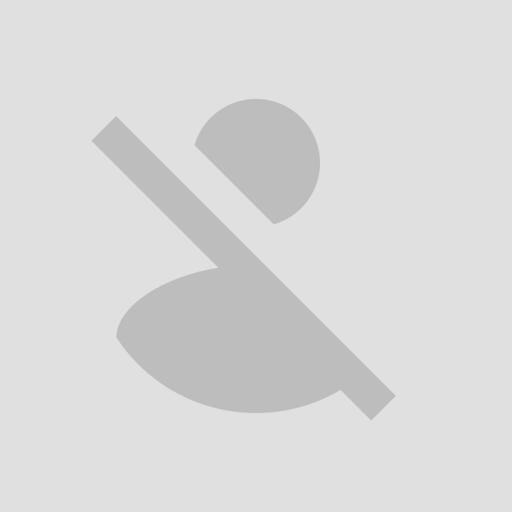
Larry Cline
Work:
Casco Products - Supplier Quality (2012)
Education:
Bowling Tech KCTCS - Mechanical-Architectural CADD

Larry Cline
Work:
Retired
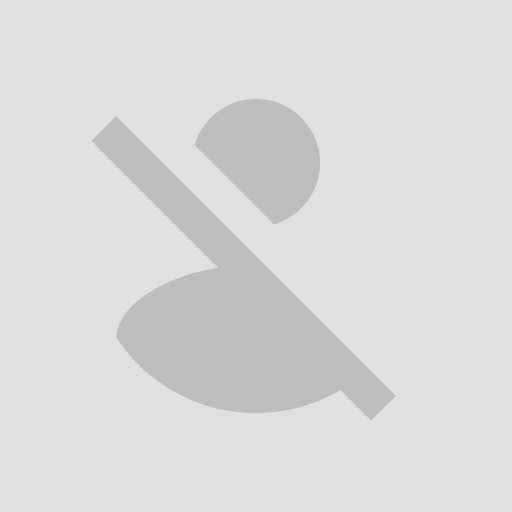
Larry Cline
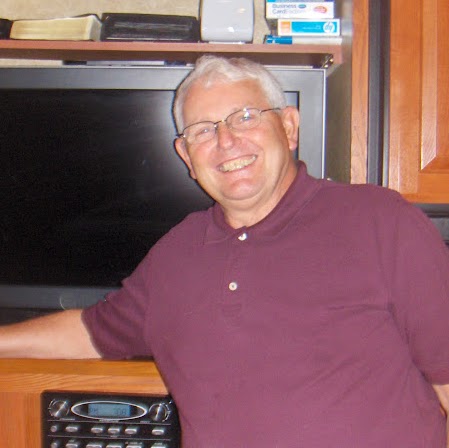
Larry Cline

Larry Cline
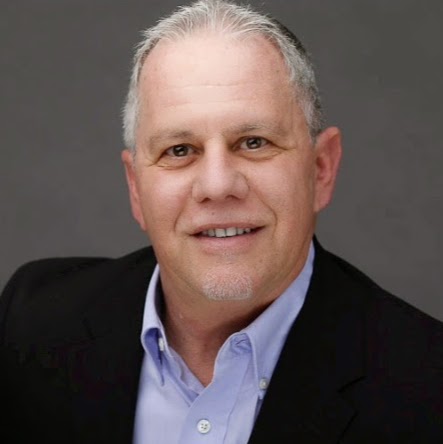
Larry Cline

Larry Cline

Larry Cline
Plaxo

LARRY CLINE
view sourcePRESIDENT at AUDIO VISION
Classmates

Larry Cline
view sourceSchools:
Maynard High School Maynard AR 1988-1992
Community:
Shawna Lepard, Sandy Lee, Roger Riccio, Kimberly Wallace

Larry Cline
view sourceSchools:
Latona Elementary School Seattle WA 1958-1965, Hamilton Middle School Seattle WA 1965-1968
Community:
Henry Ellis, Doug Rambo

Larry Cline
view sourceSchools:
Amundsen High School Chicago IL 1986-1990
Community:
Bill Schey, Thomas Terlikowski, Marc Guerrero

Larry Cline
view sourceSchools:
Timken Senior Highschool Canton OH 1972-1976
Community:
Kareen Miller, Eve Sprout

Larry Cline
view sourceSchools:
Oceanside Public Elementary School 8 Oceanside NY 1971-1977, Boardman Junior High School Oceanside NY 1977-1981
Community:
Steven Katz, Dorothy Ritondo

Larry Cline
view sourceSchools:
Appalachian High School Boone NC 1963-1965
Community:
Eric Farthing, William Winkler, Dorothy Hodges, Gail Cook, Hughey Pyatte, Jane Byrd, Patsy Ray, Connie Edmisten, Rita Aldridge, Mary Miller, Thomas Pease

Larry Cline
view source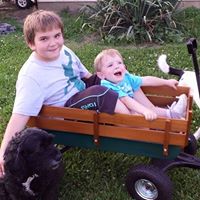
Larry Cline
view source
Larry Cline
view source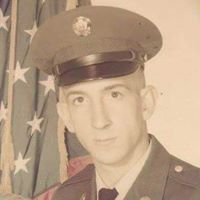
Larry G Cline
view source
Larry L. Cline
view source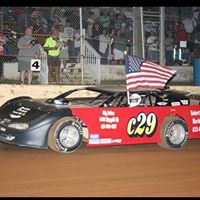
Larry Cline
view source
Larry Cline
view source
Larry Cline
view sourceYoutube
Myspace
Get Report for Larry J Cline from Marion, IL












